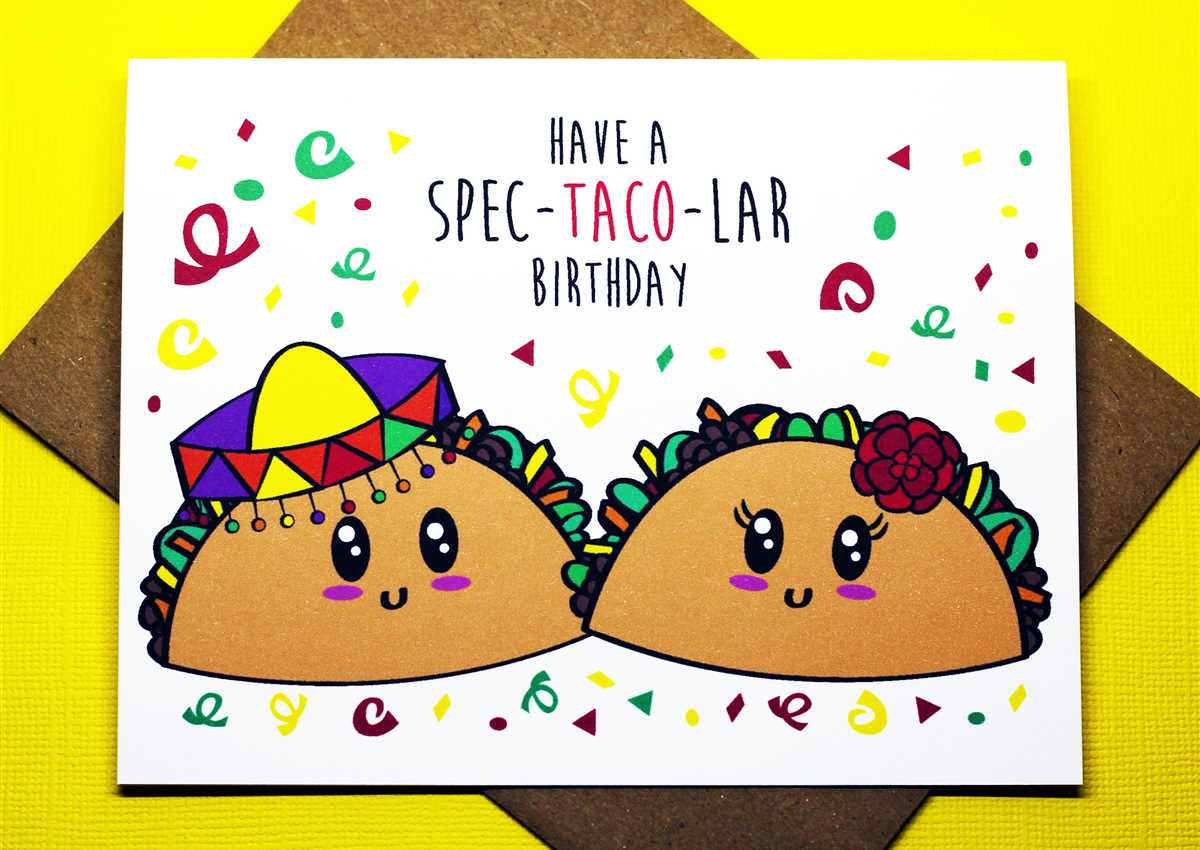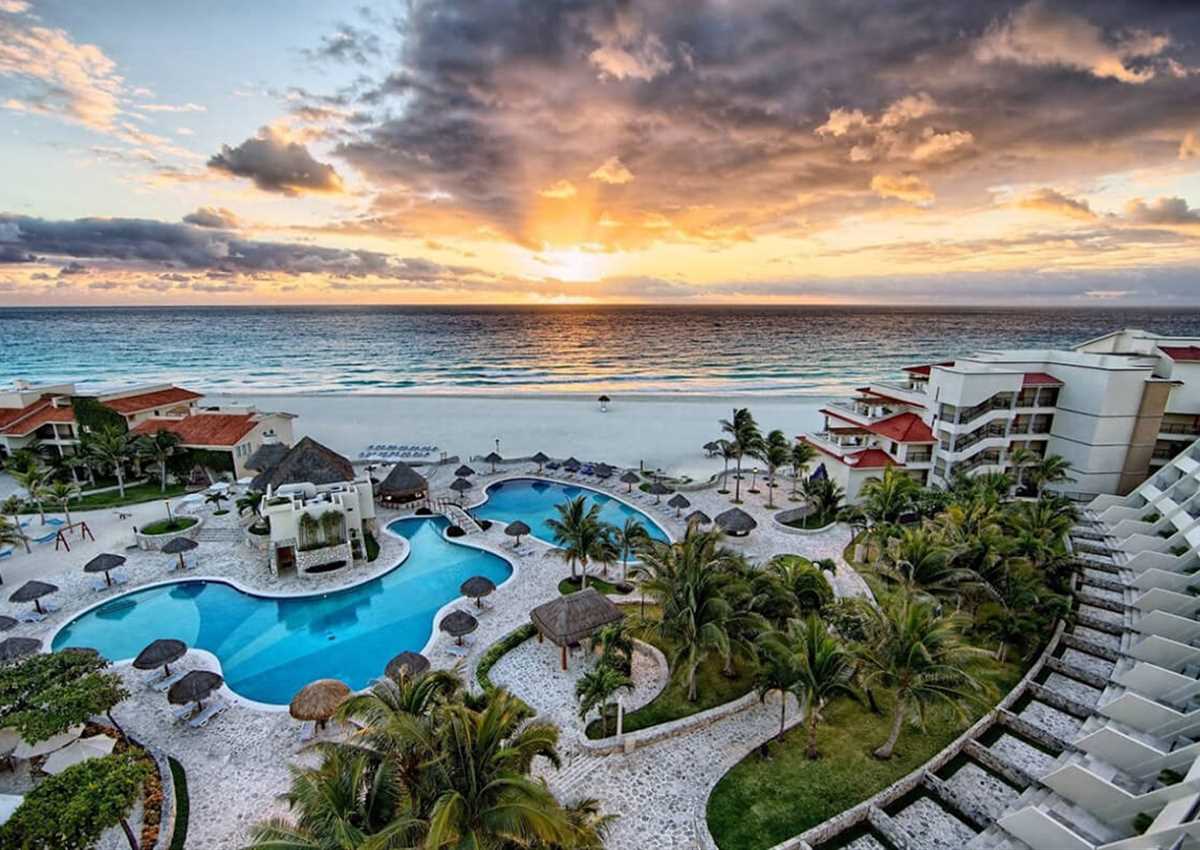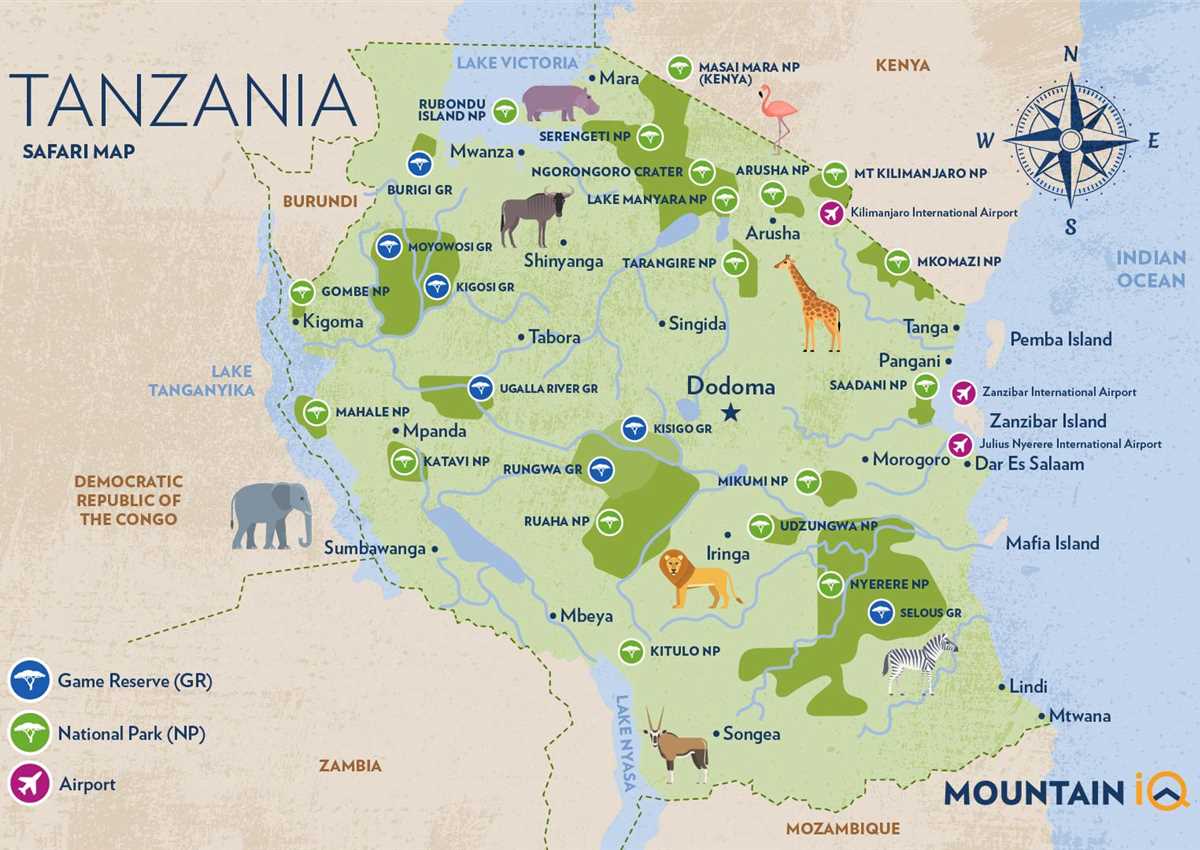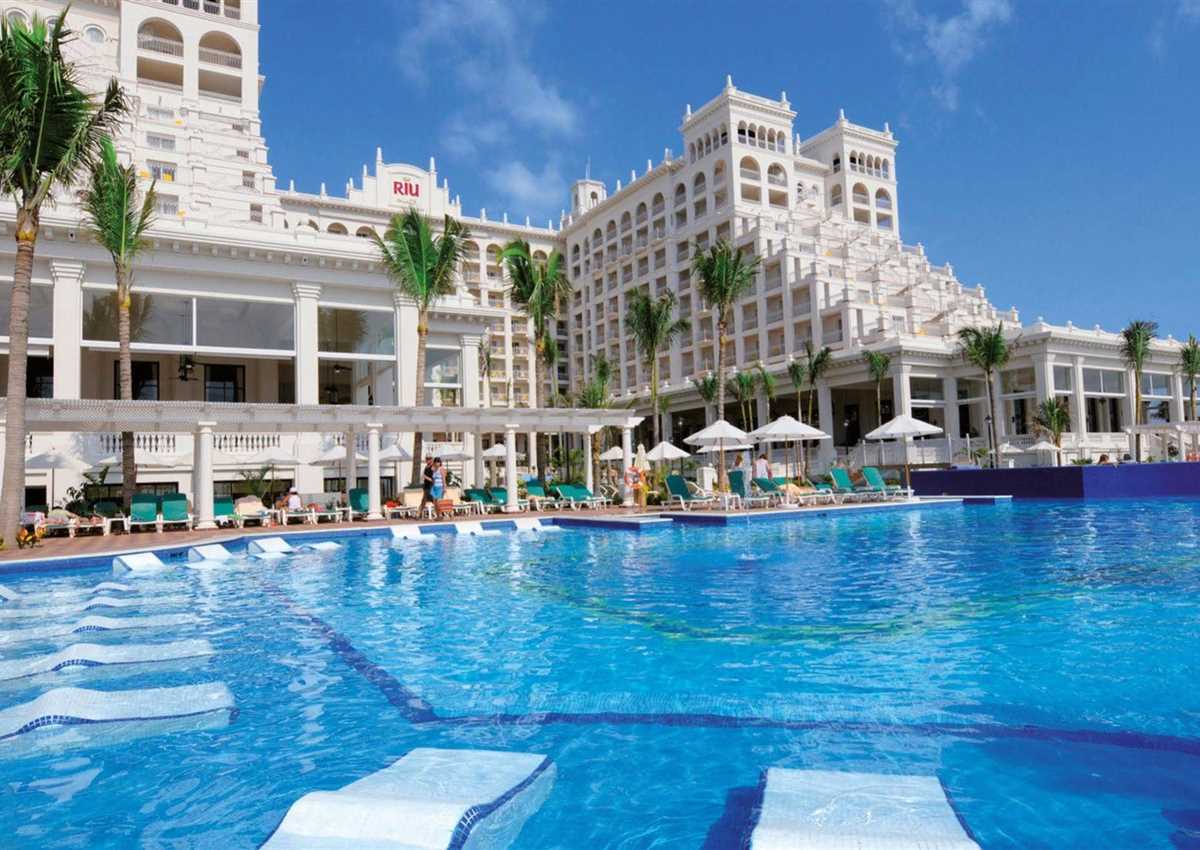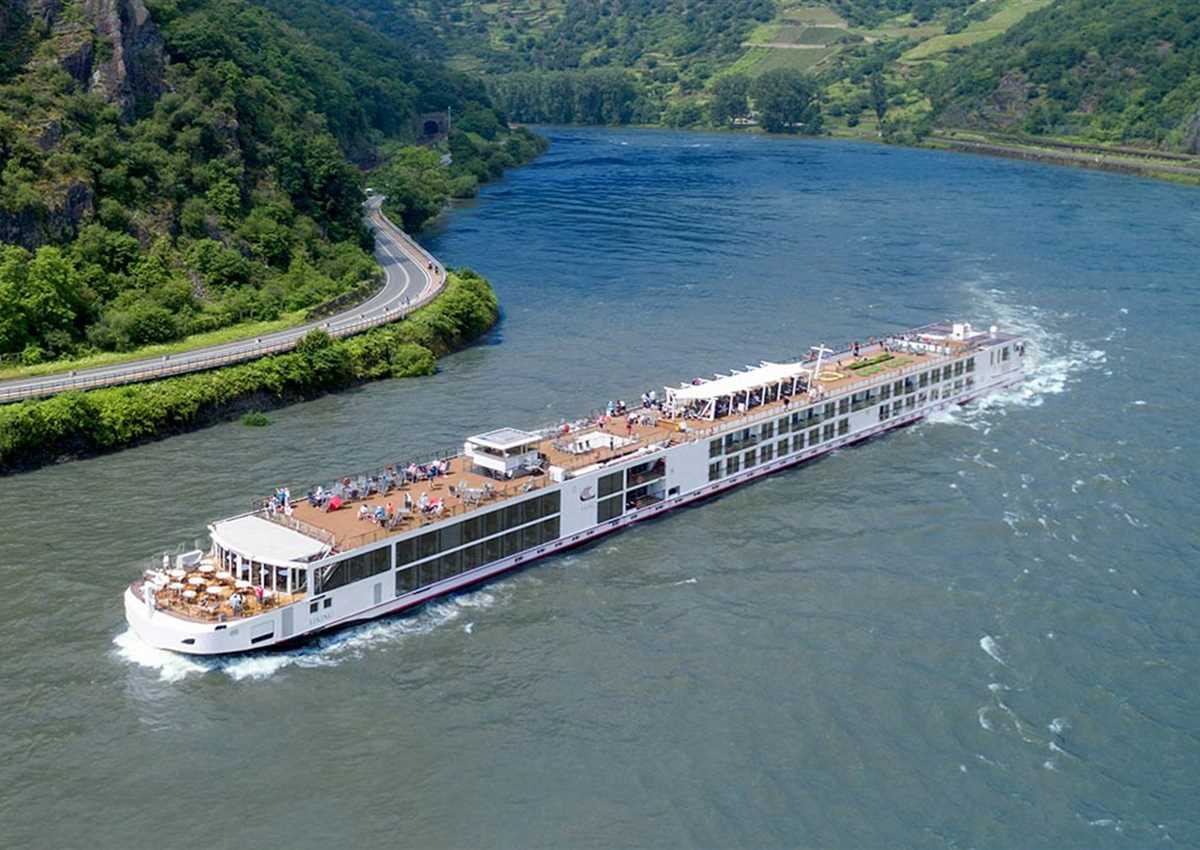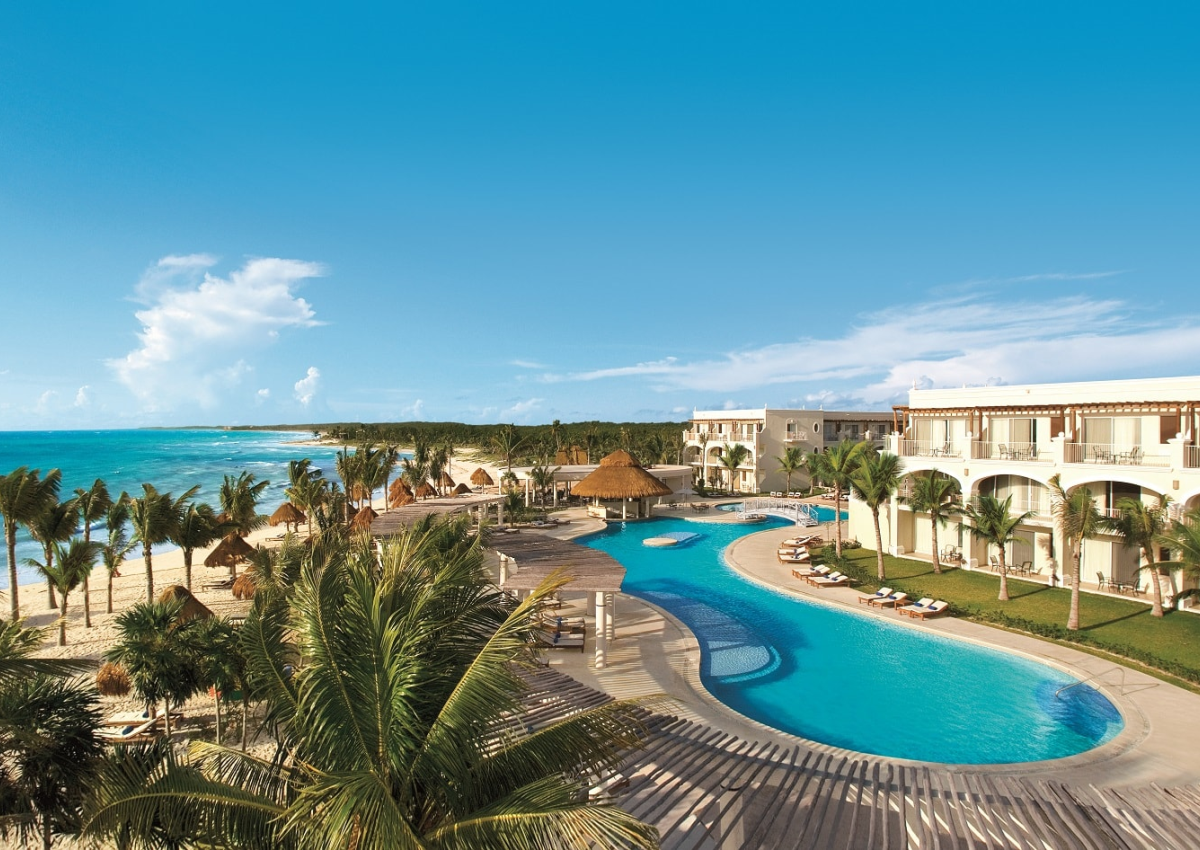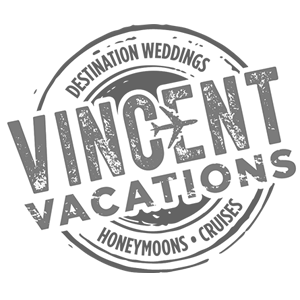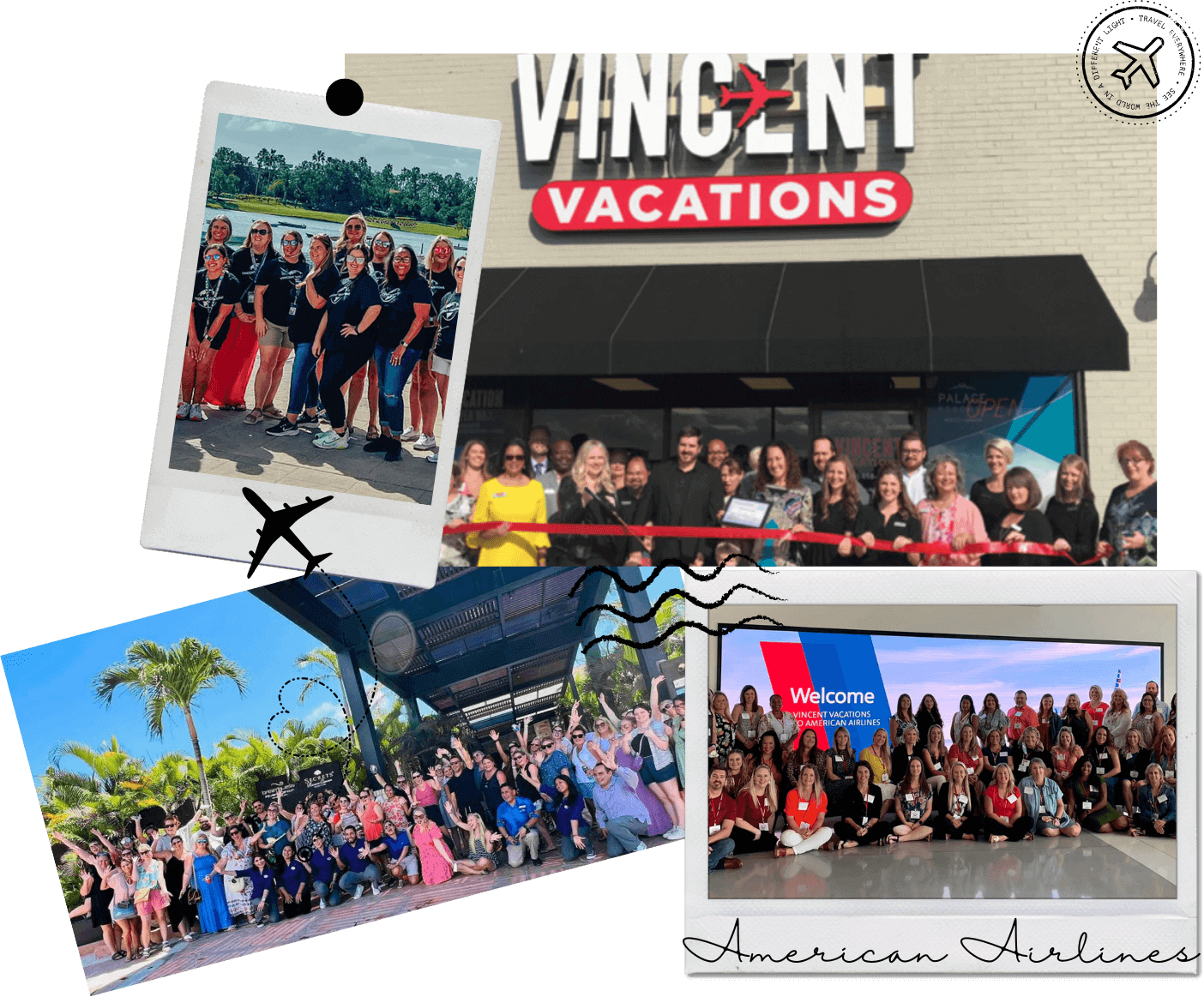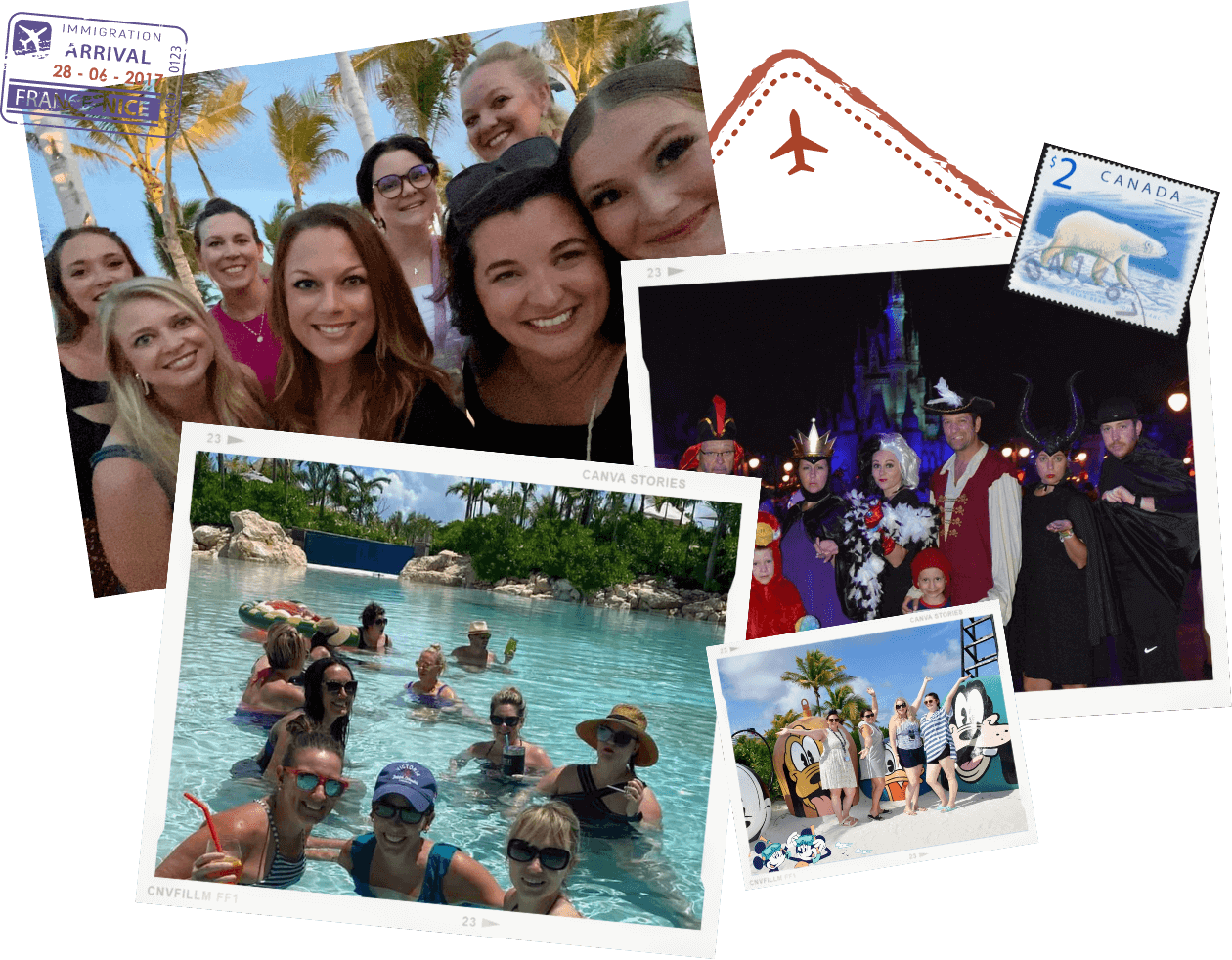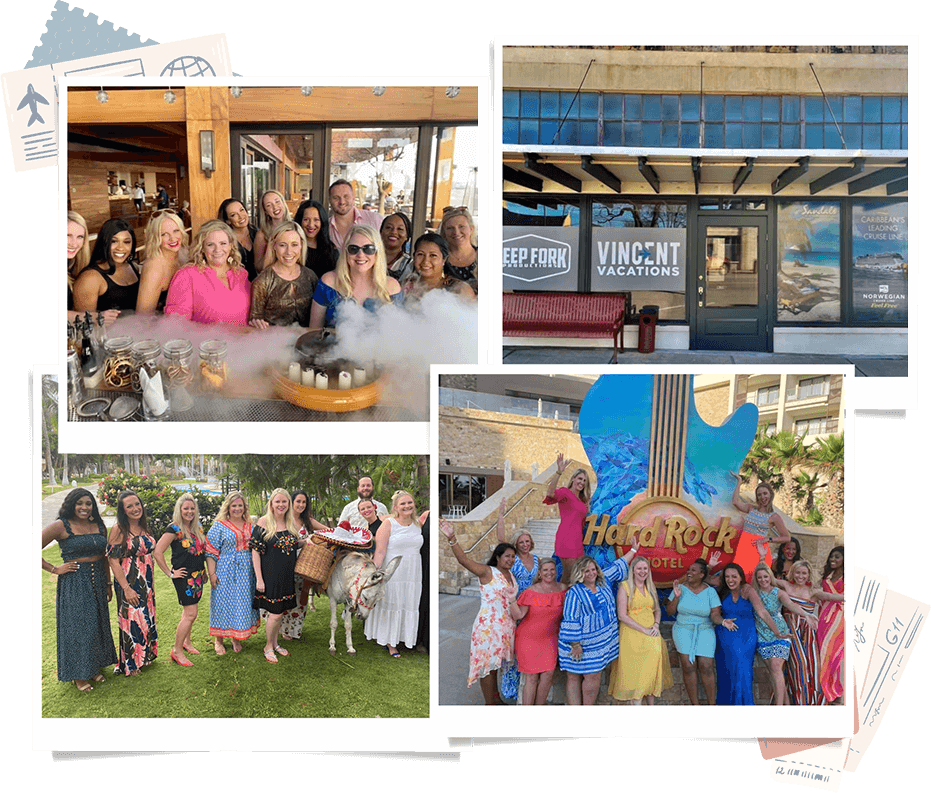Tags :
Group Travel7 Essential Tips for Planning a Successful Corporate Retreat
We create custom curated group travel packages, Get Started Today!
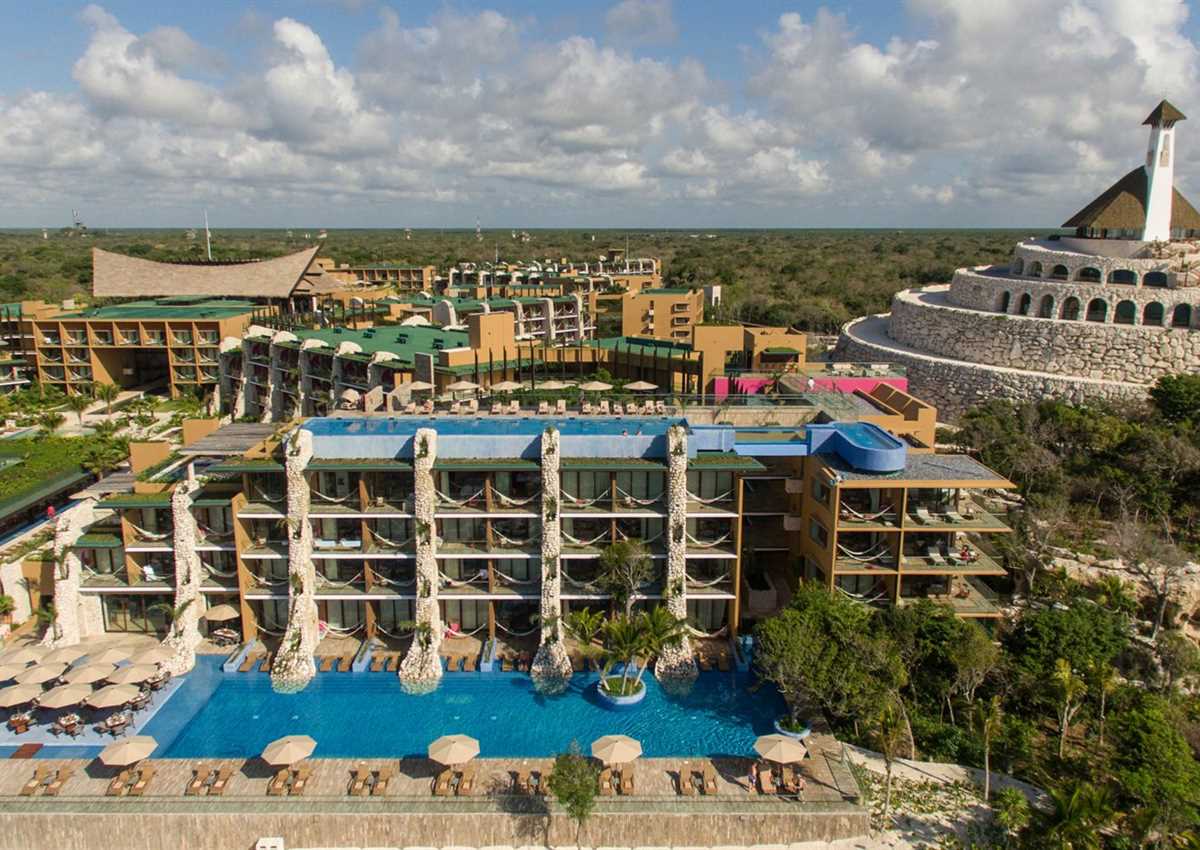
7 Essential Tips for Planning a Successful Corporate Retreat
Planning a corporate retreat can be a daunting task, but with the right approach, it can become a transformative experience for your team.
A well-planned retreat not only boosts morale and team cohesion but also provides a platform for strategic planning and innovation.

Determining Clear Goals
Before embarking on the planning journey, it's crucial to define the objectives of your retreat clearly. This could range from enhancing team dynamics to strategizing for the upcoming year. Establishing clear, measurable, achievable, relevant, and time-bound (SMART) goals will guide every aspect of your planning process. Engage with key stakeholders to understand what success means for this event. Whether it's improving communication, brainstorming new ideas, or celebrating achievements, having specific ambitions will ensure your retreat has a focused direction and a metric for success.
To further align your goals with the retreat's activities, consider what aspects of your team need improvement. For instance, if team cohesion is a priority, plan activities that encourage collaboration and bonding. If innovation is key, incorporate workshops or brainstorming sessions designed to foster creativity and problem-solving.

Setting a Realistic Budget
Budgeting is a critical component of planning a corporate retreat. It dictates the scope and scale of your event, from the venue and accommodations to the activities and entertainment. By setting a budget early, you can prioritize spending and maximize the benefits of your available finances. Consider all costs, including venue rental, travel, accommodations, food, and activity expenses. Being financially responsible will help you make informed decisions about what elements to include and how to allocate resources effectively.
| Category | Estimated Cost |
|---|---|
| Venue Rental | $5,000 |
| Accommodations | $15,000 |
| Food and Beverages | $10,000 |
| Activities and Entertainment | $8,000 |
| Total | $38,000 |

Selecting the Right Format
The format of your retreat is pivotal and should align with your goals and budget. This includes deciding on the length of the retreat, choosing a venue, arranging accommodations, and selecting activities. For a smaller budget, consider a one-day outdoor activity, while a larger budget might allow for a multi-day retreat at a premium destination. The format should provide the best opportunity for achieving your retreat's objectives. When choosing a venue, consider factors such as accessibility, amenities, and ambiance. A remote, scenic location can offer a refreshing change of pace, while a city-based venue might provide easier access to corporate facilities and networking opportunities. The venue should enhance the retreat experience and support your goals.
Scheduling and Planning Ahead
Scheduling your retreat well in advance is crucial for several reasons. Early planning increases the availability of venues and allows you to take advantage of early pricing, which can be beneficial for your budget. It also provides ample time to research options thoroughly and communicate effectively with your team. Giving staff advanced notice helps them adjust their personal and work schedules, ensuring they are fully available and committed to the retreat. Effective communication is key during this phase. Send out detailed updates about the retreat's purpose, schedule, and expectations. This not only builds anticipation but also ensures that everyone is aligned with the retreat's objectives.
Negotiating Prices
If your retreat involves travel or lodging, negotiating with providers can lead to significant cost savings. Corporate bookings often include large groups, which can be attractive to hotels and venues. They may offer special rates to secure your business. Be proactive in seeking discounts or customized packages that fit your needs and budget.
Providing a Comprehensive Guide
To ensure that your staff gets the most out of the retreat, provide them with a detailed guide. This should include an itinerary for required events and information about optional activities or entertainment. By making resources available, you increase the likelihood that employees will engage fully with the retreat, leading to a more positive and beneficial experience for everyone involved. A well-crafted guide can also help manage expectations and ensure that no one misses important activities. Consider including maps of the venue, contact information for key staff, and details about local amenities or attractions.
Excursions and Activities
Incorporating a mix of structured activities and leisure time is essential for a successful retreat. Include team-building exercises, workshops, and relaxation opportunities that align with your objectives. For instance, outdoor activities like hiking or team sports can foster camaraderie and teamwork, while workshops can focus on professional development or strategic planning. Leisure activities should complement the structured elements, allowing participants to unwind and connect informally. This might include group meals, game nights, or simply enjoying the venue's facilities. Ensure that each activity has a clear purpose and is facilitated to encourage participation and engagement.
Logistical Coordination
Coordinating the logistics of a corporate retreat requires meticulous planning to ensure a seamless experience for attendees. This includes arranging transportation, accommodations, meals, and any necessary equipment or materials. Prioritize the comfort and convenience of your team at every step. Consider personalizing aspects of the retreat, such as custom welcome packages or exclusive dining experiences, to add a touch of luxury. Effective communication is vital, so provide attendees with detailed information about the retreat schedule, what to pack, and what to expect.
Example Logistics Checklist:
- Venue booking
- Accommodation arrangements
- Meal planning and catering
- Transportation coordination
- Activity equipment and materials

Follow-Up and Evaluation
After the retreat, follow up with participants to gather feedback and assess the success of the event. This can help identify areas for improvement and provide insights into what worked well. Celebrate the achievements and memories made during the retreat by sharing photos or testimonials on your company's social media or internal communication channels. This follow-up phase is also an opportunity to reinforce the key takeaways from the retreat and ensure that the momentum gained continues back in the office. Encourage team members to reflect on their experiences and apply the lessons learned to their daily work. By incorporating these essential tips into your planning process, you can create a corporate retreat that not only meets but exceeds your team's expectations. Whether you aim to strengthen bonds, drive innovation, or simply reward your team for their hard work, a well-planned retreat can be a powerful tool in achieving your organizational goals.We create custom curated group travel packages, Get Started Today!.
To read more group travel ideas, read more on our Group Travel page.




